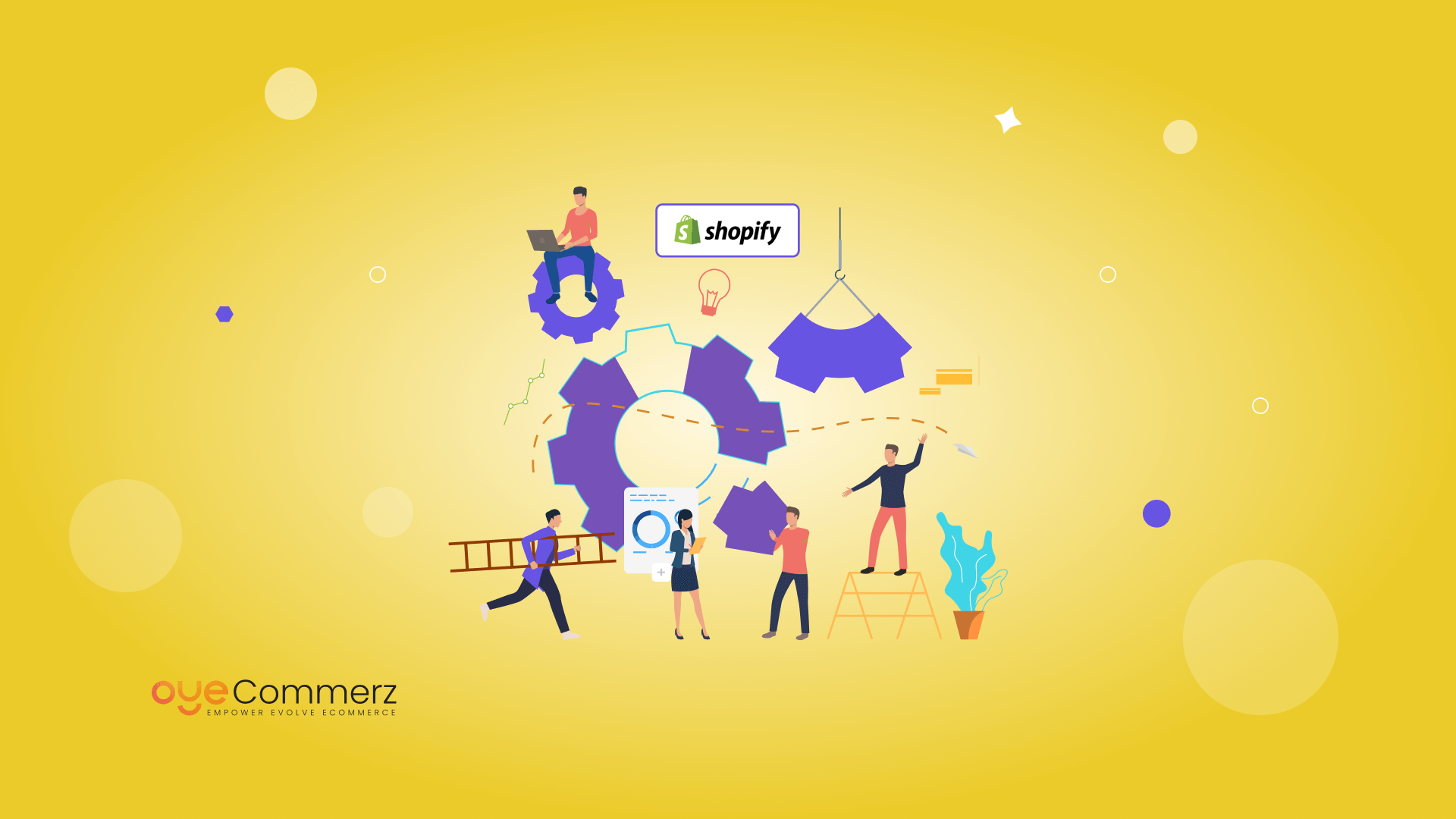
Starting Point
In today's highly competitive e-commerce landscape, Shopify sellers are always looking for methods to increase revenue and optimize their operations. A highly effective method is through personalized Shopify applications designed to fulfill individual business needs. Syncing with the Shopify API and using platforms like the Polaris design system, these solutions equip organizations to expand effectively while improving user interaction. In this article, we’ll dive into essential elements of Shopify application creation, from visual design concerns and key components to effective methods for upkeeping and expanding app capabilities efficiently.
1. Comprehending Shopify API Connection
A solid understanding of Shopify’s Application Programming Interface—involving Representational State Transfer and GraphQL—is foundational for developing reliable Shopify apps. With these APIs, engineers can access, modify, and handle data within a Shopify site. The Graph Query Language interface offers fast information processing, enabling faster responses by obtaining only the essential data. Integrating the API permits programmers to tailor app functionality to the organization's unique needs, ensuring a smooth user experience that improves operational effectiveness and sales.
2. Employing the Shopify’s Polaris framework
Shopify’s Polaris framework helps programmers to create a unified and intuitive experience across Shopify applications. Polaris provides a suite of building blocks and best practices that complement Shopify’s visual standards, creating apps appear native within the Shopify interface. This method goes beyond aids intuitive customer touchpoints but also helps ensure branding uniformity, an critical aspect in fostering credibility with clients.
3. Developing within the Shopify Application Network
The Shopify app ecosystem is vast, enabling developers to develop built-in Shopify apps that work within a shop's control interface. Embedded apps optimize the customer journey by linking smoothly within Shopify’s interface, eliminating the necessity for additional authentication or further browsing. For developers, using Node.js for behind-the-scenes processes and React.js for the front end has become a favored approach, as these technologies allow growth-ready, user-friendly apps that provide an optimal UX.
4. Key Features for Shopify Applications
A effective Shopify application needs capabilities that tackle critical pain points in the digital sales process. Automated notifications for instant updates, custom theme style settings, and omnichannel retailing features are critical elements that can boost store management tools for developing Shopify apps and customer engagement. By implementing these components, Shopify apps go beyond optimize in-house tasks but also enhance the overall customer experience.
5. Best Practices for Application Building
When creating Shopify apps, it’s essential to follow optimal techniques. App maintenance strategies such as frequent patches, user assistance, and security patches are necessary for building consumer confidence. Online visibility strategies for Shopify apps Shopify CLI can also be utilized to increase app exposure and user base. User retention strategies, including app alerts and incentive plans, are important for retaining users and building a loyal following.
6. Expanding Shopify Applications for Growth
As Shopify shops scale, scaling apps becomes vital to handle increased traffic and feature requests. Using serverless architecture and prioritizing efficient data handling through Graph Query Language can support apps grow without performance issues. It’s also necessary to have a strategy for growing the app’s infrastructure to handle growth, which includes a list for selecting a app builder with background in Shopify applications.
7. Examining the Investment of Developing Shopify Applications
Developing tailored Shopify applications can differ widely in price depending on the functions, connections, and unique adjustments needed. Fundamental elements like API integrations, user interaction elements, and digital marketing capabilities can drive up costs. However, the return on investment (ROI) is often beneficial, as these applications can immediately enhance revenue and simplify store operations.
8. Upkeep Approaches
Keeping apps updated is as important as initially building it. Regular updates to resolve errors, boost safety, and maintain integration with the latest Shopify platform updates are important. Planned support measures also involve customer support and additional improvements that align with the digital retail landscape.
9. Resources for Building Shopify Apps
Shopify provides a variety of resources to ease the development process, from software platforms like Node.js and React to Webhooks for immediate changes. Tools like Shopify’s CLI streamline the development workflow, while Shopify App Bridge facilitates embedded apps to interact seamlessly with Shopify’s admin interface. Such tools are key for creating apps that are both effective and easy to use.
10. Upcoming Innovations in Shopify App Development
The outlook of Shopify app development is bright, with innovations pointing towards artificial intelligence capabilities, enhanced omnichannel capabilities, and new application add-ons. As e-commerce progresses, programmers will need to stay ahead the changes to develop solutions that don’t just fulfill but exceed customer needs.
Final Thoughts
Custom Shopify apps offer a effective solution for e-commerce businesses to scale efficiently, increase revenue, and enhance workflows. From connecting with data interfaces and the Polaris design system to advanced features and maintenance strategies, every component of Shopify app creation plays a crucial role in ensuring a seamless journey for customers. As Shopify moves forward, keeping up with future trends in app development will help developers fully utilize Shopify’s extensive platform, strengthening their standing in the e-commerce market.